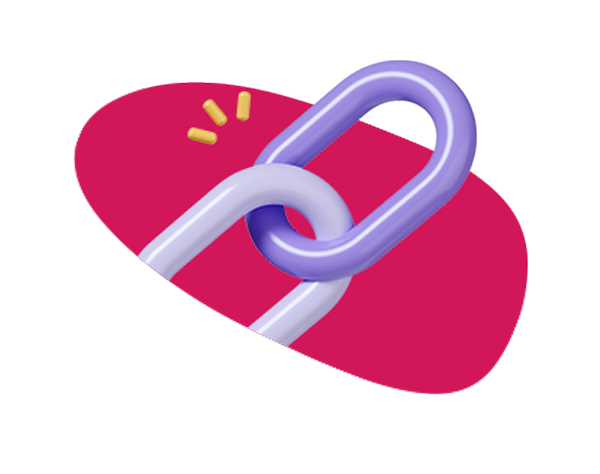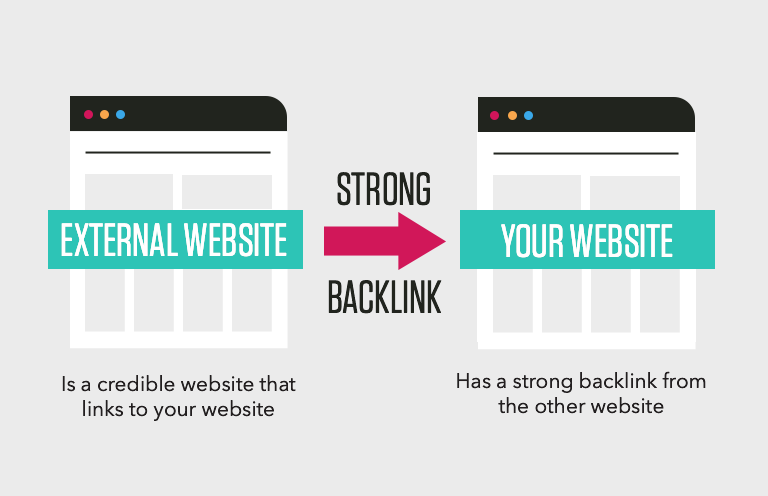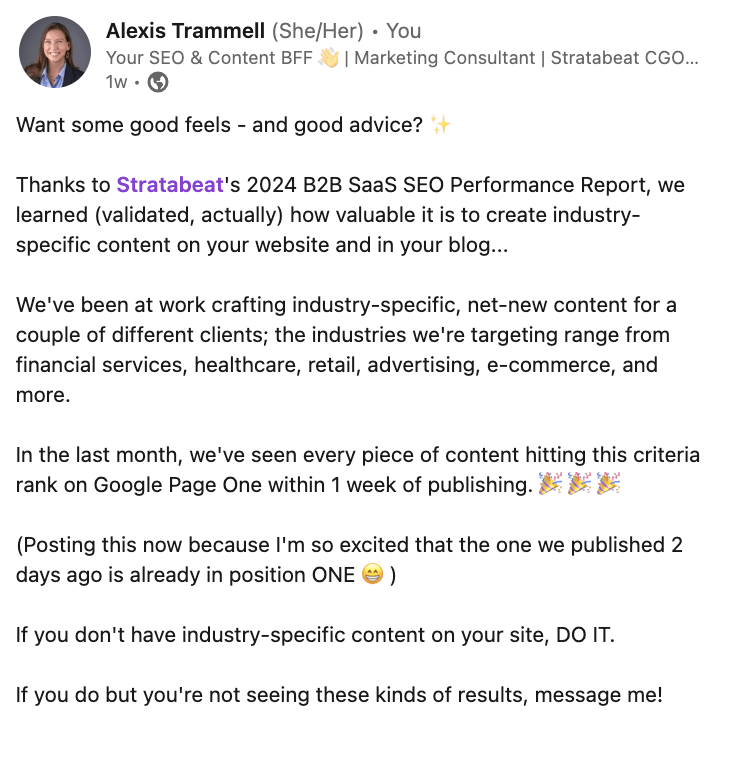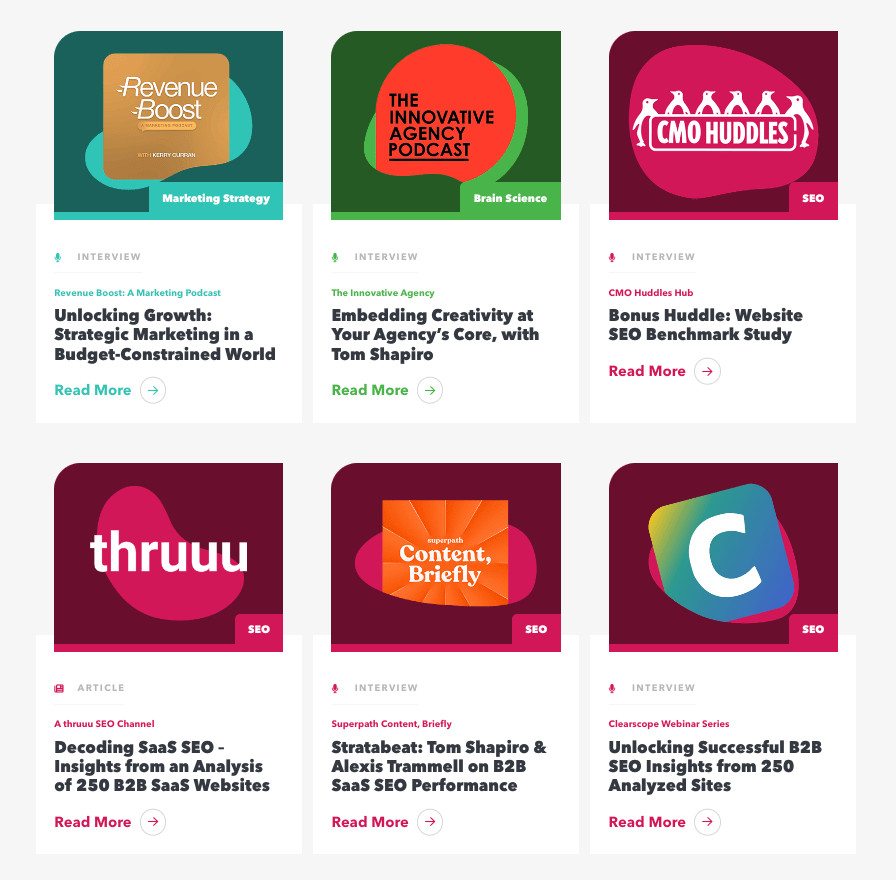B2B SaaS Link Building: Your Essential Guide

Key Takeaways
- Link building boosts B2B SaaS visibility, authority, and organic growth.
- Internal and external links signal content value to search engines.
- High-quality dofollow backlinks are essential for ranking improvements.
- Develop a strategic plan based on your current link profile and competitor analysis.
- Quality, shareable content naturally attracts authoritative backlinks.
- Tactics include guest blogging, influencer outreach, PR, and broken link building.
- Avoid aggressive, low-quality tactics to prevent Google penalties.
- Monitor KPIs like referring domains, link quality, and organic traffic growth.
- Leverage content hubs and cornerstone assets to maximize link acquisition.
- Integrate link building with your overall SEO strategy for long-term success.
Link building drives B2B SaaS success in the digital arena. It propels your visibility, amplifies your authority, and fuels your organic growth. This guide equips you with proven strategies to transform your link profile and dominate search rankings.
We’ll explore:
- The fundamentals of B2B SaaS link building
- Actionable techniques for high-quality link acquisition
- Advanced tactics to outpace your competitors
- Measurement strategies to optimize your efforts
Let’s dive into strategic SaaS link building and unlock your organic growth potential.
Understanding Link Building for B2B SaaS
Creating a Strategic SaaS Link Building Plan
Effective Link Acquisition Techniques
Mastering Content Creation for SaaS Linking Building
Leveraging Cornerstone Content for Maximum Impact
Cornerstone content assets are the heavy hitters in your content arsenal. These pieces deliver significant impact, connecting deeply with your Ideal Customer Profile (ICP) and driving a steady stream of qualified leads. Here’s how to create cornerstone content that attracts quality links:
- Conduct Comprehensive Original Research: Stratabeat’s B2B SaaS SEO Benchmark Report, analyzing 300+ B2B SaaS websites and 15,000+ data points, is a prime example. This type of comprehensive, data-driven content becomes an invaluable resource that others in the industry want to reference.
- Create In-Depth Guides: Develop authoritative guides that cover topics in your niche exhaustively. These become go-to resources that naturally accumulate backlinks over time. (i.e. Our blog: “A No-BS Guide to B2B SaaS Go-To-Market Strategies”)
- Offer Free Tools: This is one of our favorite tactics in a B2B SaaS marketing strategy. Interactive tools like Stratabeat’s SEO ROI calculator provide value to users and serve as link-worthy resources. Similarly, HubSpot’s free tools, such as their Website Grader, have become cornerstone content pieces that attract numerous backlinks.
- Publish Books or eBooks: Stratabeat’s “Rethink Lead Generation” book has been a powerful lead magnet and source of high-value deals. Books establish your authority and provide multiple opportunities for content atomization and link building.
- Create Versatile Presentations: Create presentations that can be used across various channels—from industry conferences to webinars. These multi-purpose assets can attract links from event pages, speaker profiles, and industry roundups.
The Pareto Principle in Action
By focusing on creating these high-impact cornerstone content pieces, you’re not just building links—you’re establishing your SaaS company as a thought leader in your industry. This approach aligns with the Pareto Principle, where a small number of exceptional content pieces drive the majority of your link building success.
Remember, the ultimate goal is to create content so valuable that people can’t help but link to it. This strategy builds your link profile and deepens relationships with your audience, driving qualified leads and cementing your SaaS brand as an industry authority.
At Stratabeat, we’ve seen time and again that when you consistently produce high-quality, problem-solving content, the links will follow. It’s not about gaming the system—it’s about providing genuine value that naturally earns recognition and backlinks from others in your industry.
Building Relationships and Utilizing Influencers
“If you want to 10X your content results, you should put 10X the effort into promotion.”
“If you want greater content marketing ROI, focus on promoting the heck out of your content,” says Tom Shapiro, Stratabeat CEO.
“Through the years, I’ve seen countless companies that have valuable research yet do ridiculously little in promoting it. Then they wonder why their “content doesn’t work”. It’s always puzzling to witness this. If you want to 10X your content results, you should put 10X the effort into promotion.”
Advanced Link Building Tactics
To take your link building to the next level, consider these strategies:
Guest Blogging
Guest blogging remains a powerful way to reach new audiences and earn quality backlinks.
Start by identifying prime opportunities:
- Use search operators like “your niche + write for us” to uncover potential sites.
- Analyze your competitors’ backlink profiles to find where they’re guest posting.
- Leverage tools like Ahrefs to discover niche-specific sites accepting guest contributions.
Once you’ve found promising targets, focus on creating value:
- Study the site’s content thoroughly to align with their style and audience preferences.
- Propose unique topics that fill content gaps, showcasing your SaaS expertise.
- Craft in-depth, actionable posts that readers can’t resist sharing.
- Naturally incorporate relevant links to your site within the content.
- Nurture relationships with editors to secure ongoing opportunities.
Public Relations
Transform company milestones into newsworthy narratives:
- Product launches or major feature updates
- Funding rounds or strategic acquisitions
- Industry awards or significant growth milestones
- Unique data insights or groundbreaking research findings
Craft compelling press releases that grab attention:
- Lead with the most crucial information
- Include impactful quotes from key stakeholders
- Weave in relevant keywords naturally
- Add a boilerplate with a link to your website
For effective media outreach:
- Build a curated list of industry-specific journalists and publications
- Tailor your pitches to each journalist’s interests and recent work
- Offer exclusive angles or data to increase coverage chances
- Follow up respectfully if you don’t receive an initial response
Innovative Tactics: Thinking Outside the Link
Podcast Appearances: Identify relevant shows in your SaaS niche and pitch unique insights you can offer. Prepare thoroughly to provide value, and naturally mention your website during the conversation.
Webinars: Host educational sessions on topics your audience craves. Partner with industry influencers to expand your reach. Provide attendees with valuable, link-worthy resources and repurpose the content for maximum impact.
Linkable Assets: Create irresistible content that naturally attracts links:
- Develop free tools or calculators
- Craft comprehensive industry guides
- Conduct and publish original research
- Design eye-catching infographics that simplify complex concepts
Broken Link Building: Use tools like Check My Links to find broken links on relevant sites. Create content to fill the gap, then reach out to site owners offering your resource as a replacement.
Remember, successful link building hinges on providing genuine value. Focus on creating and promoting content that solves real problems in your industry. This approach attracts high-quality backlinks and cements your SaaS company’s position as a trusted industry leader.
Key Performance Indicators (KPIs) for Link Building: Monitoring and Measuring Success
Obtaining links in your target markets can send a strong signal to Google that your site is relevant to those markets.
Tools and Techniques for Tracking
- Ahrefs: Comprehensive backlink analysis and competitor research
- Semrush: Backlink auditing and link building opportunities
- Moz Pro: Domain Authority tracking and link explorer
- Google Search Console: Monitor your site’s search performance and indexing status
- Google Analytics: Track referral traffic and user behavior
- Majestic: Historical backlink data and Trust Flow metrics
- LinkResearchTools: In-depth link analysis and toxic link detection
- BuzzSumo: Content performance and backlink monitoring
If you have those ‘bad’ links, is do some things in the real world to earn ‘good’ links. For example, speak at an event, organize your own event, or do something news worthy.
Competitive Benchmarking
Don’t limit your analysis to your own performance; incorporate competitive benchmarking into your methodology. Regularly assess your link profile against those of your top competitors in the SaaS space. This comparison provides valuable context, helping you understand where you stand in your industry and identifying areas for improvement or untapped opportunities.
Holistic Performance Analysis
Finally, don’t view your link building efforts in isolation. Correlate your link acquisition data with organic traffic trends and keyword ranking improvements. This holistic approach allows you to draw meaningful connections between your link building activities and tangible SEO outcomes.
For instance, you might notice that a surge in high-quality backlinks from industry publications coincides with improved rankings for key SaaS-related terms and a subsequent boost in organic traffic.
By following this comprehensive methodology, you’ll gain deep insights into the effectiveness of your link building strategy, enabling data-driven decisions that propel your SaaS company’s organic growth. Remember, effective link building is not just about acquiring links—it’s about building a robust, high-quality link profile while proactively managing potential risks.










